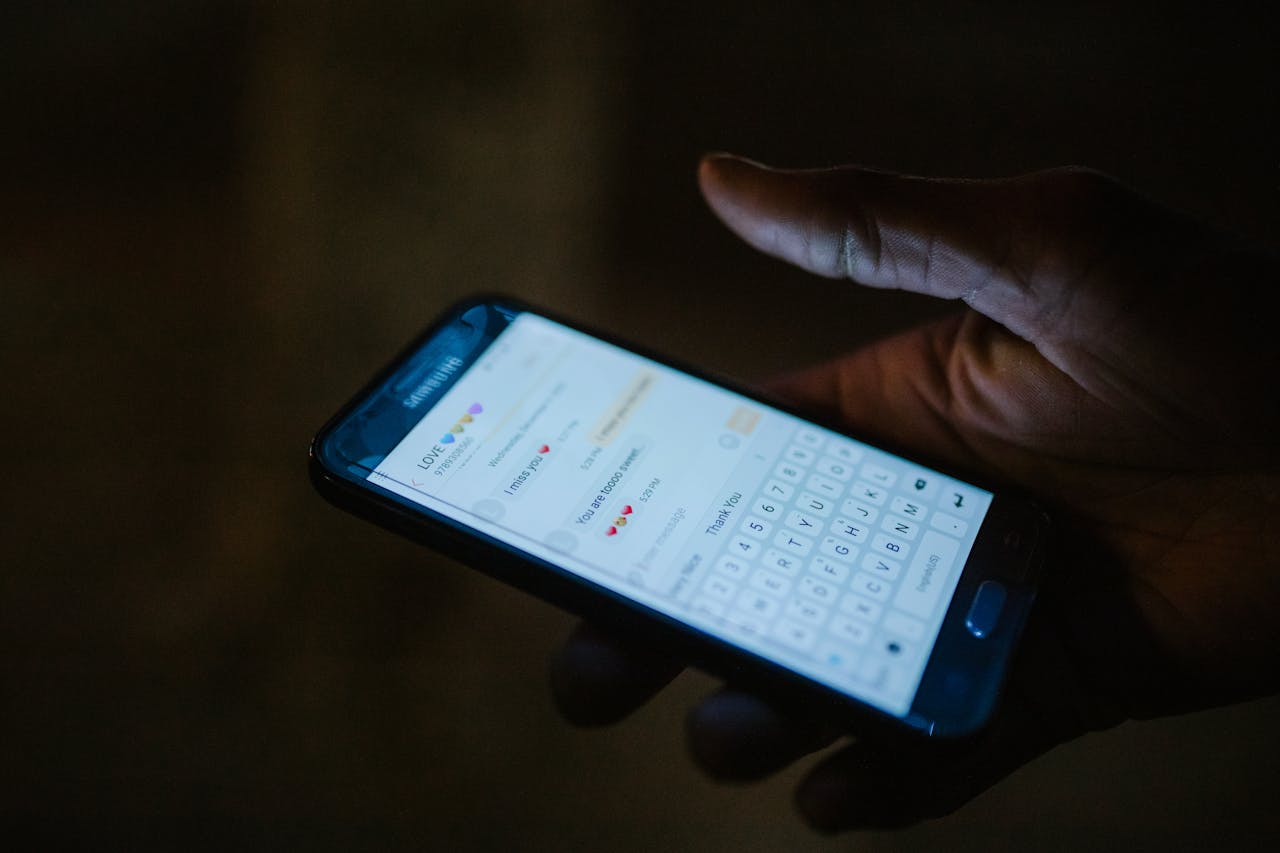How to Prevent Fake Bank SMS and Account Freeze Scams in 2025
In 2025, cybercriminals are refining their tactics, and one of the most alarming trends is the rise of fake bank SMS and “account freeze” scams. These scams trick people into believing their accounts have been locked or compromised, pushing them to click on malicious links or share sensitive details. If you want to prevent fake bank SMS and account freeze scams, you need to know how they work, the latest statistics, and practical ways to stay safe.
The Growing Threat: Why 2025 Is Different
The Federal Trade Commission (FTC) reports that SMS-based phishing—also called “smishing”—has increased by over 37% in the last 12 months in the U.S. alone. Meanwhile, the European Union Agency for Cybersecurity (ENISA) warns that scammers are using AI tools to mimic bank communication styles more convincingly than ever before.
What’s new in 2025:
- Personalized messages: Fraudsters scrape your name, bank, and recent activity from leaked data before sending the SMS.
- Faster attacks: Messages now include one-time passwords or urgent deadlines to push instant clicks.
- Deepfake call follow-ups: Some victims receive a phone call from a deepfake “bank employee” if they hesitate.
How the Scam Typically Works
- You receive an SMS claiming your account is locked, suspicious activity is detected, or large transactions have been blocked.
- The message contains a link to a fake bank login page or asks you to call a “customer service” number.
- The fake site or caller collects your login credentials and personal data.
- Your real account is accessed and drained within minutes.
The criminals often register domains that look very similar to real bank URLs—just one letter or a hyphen difference.
Real-World Case Study: The 2025 UK Banking Scam Surge
In January 2025, UK Finance reported that customers lost £86 million in just three months to fake SMS and account freeze scams. One case involved a man in Manchester who received a text saying, “Your HSBC account is locked due to suspicious activity. Click here to verify.” He clicked, entered his credentials, and within 20 minutes, £12,000 was transferred overseas.
Read the UK Finance Fraud Report for the full breakdown of trends.
Common Red Flags to Watch Out For
| Red Flag | Why It’s Dangerous | Example |
|---|---|---|
| Urgent language | Creates panic so you act fast without thinking | “Immediate action required—account frozen!” |
| Suspicious links | Leads to phishing sites | hsbc-verification-secure.com |
| Generic greeting | Your real bank will use your full name | “Dear customer” |
| Requests for full login info | Banks never ask for passwords via SMS | “Enter your online banking password to unlock” |
Steps to Prevent Fake Bank SMS and Account Freeze Scams
1. Verify Through Official Channels
Never click links in unsolicited texts. Instead, open your bank’s official app or call their verified number (printed on your card).
The FTC’s Consumer Advice section offers practical verification steps — see here.
2. Enable Two-Factor Authentication (2FA)
Even if criminals get your login, they’ll need the second code. Prefer app-based authentication (e.g., Authy or Google Authenticator) over SMS.
3. Use Bank Alerts
Set up transaction alerts directly in your bank app so you can confirm legitimate activity.
4. Report Immediately
If you suspect a scam, forward the message to 7726 in the U.S. or UK, and notify your bank right away. Prompt reporting can limit losses.
5. Freeze Your Credit
In the U.S., you can freeze your credit for free at AnnualCreditReport.com to prevent identity theft.
Why People Still Fall for These Scams
- Psychological pressure: Urgency makes people bypass rational thinking.
- Visual accuracy: Fake sites now perfectly mimic real bank branding.
- Data familiarity: Scammers mention recent transactions or account details from data breaches.
According to the 2025 Verizon Data Breach Investigations Report, 82% of phishing victims said they clicked because the message “looked 100% legitimate.”
Advanced Protection Tips for 2025
- Use spam filters that detect smishing patterns (e.g., Truecaller, Hiya).
- Register for anti-phishing lists used by carriers to block known scam numbers.
- Educate family members, especially seniors, who are often targeted.
- Keep your device updated so you have the latest security patches.
FAQ
Q1: Can my bank send real SMS alerts?
Yes, but legitimate alerts will never ask for passwords or full card numbers. Always verify through the bank’s app.
Q2: What if I clicked the link?
Immediately close the page, change your password via the official bank website, and contact your bank’s fraud department.
Q3: How do scammers get my number?
From leaked databases, public social media, or random number generators.
Final Thoughts
In 2025, SMS scams are faster, more targeted, and more convincing. The best defense is awareness—knowing the signs, verifying independently, and reporting quickly. By staying alert and following these steps, you can prevent fake bank SMS and account freeze scams before they cause real damage.
You May Like



